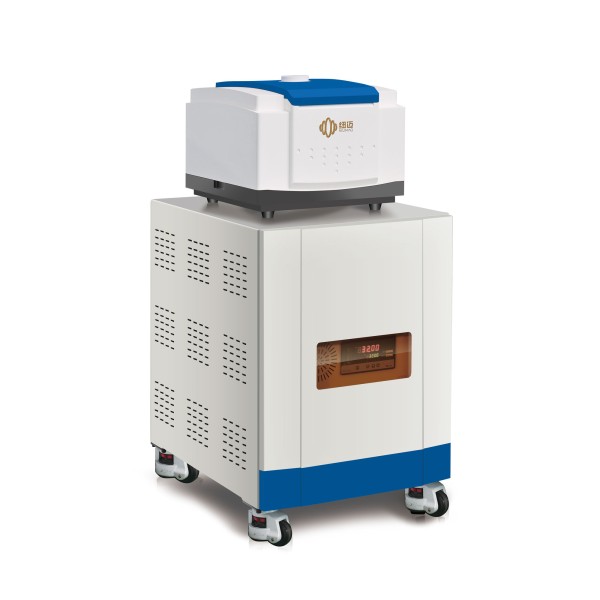Time-Domain NMR (Nuclear Magnetic Resonance) for Water Content Measurement
Time-domain nuclear magnetic resonance (NMR) is a powerful technique used for measuring water content in various materials. The theory behind NMR is based on the interaction of nuclear spins with applied magnetic fields. Water molecules, with their abundant hydrogen atoms, exhibit strong NMR signals, making them suitable for quantification using this technique.

In time domain nmr, a sample is placed in a static magnetic field, causing the nuclear spins to align either parallel or antiparallel to the field. By applying a radiofrequency pulse, the spins are excited and tilted away from their equilibrium positions. As they relax back to their original alignment, they emit radiofrequency signals, which are detected and analyzed. The decay of the NMR signal, known as the free induction decay (FID), provides information about the water content in the sample.

The FID is a function of time and can be used to calculate the spin-spin relaxation time (T2), which is inversely proportional to the water content. By measuring the T2 values of different samples, their water content can be accurately determined. This technique is advantageous because it does not require destructive sampling and can be used on a wide range of materials, including solids, liquids.
Applications of time-domain NMR for water content measurement are diverse. In the agricultural industry, it is used to assess the moisture content of soils and crops, aiding in irrigation management and crop yield prediction. In the construction industry, NMR can detect moisture damage in buildings and assess the drying progress of materials. Additionally, it finds applications in the food industry for quality control and moisture content determination in food products.

Overall, time-domain NMR is a valuable tool for water content measurement, offering accurate, non-destructive, and rapid analysis. Its applications span various industries, enabling precise monitoring and control of water content in diverse materials.
 NIUMAG
NIUMAG